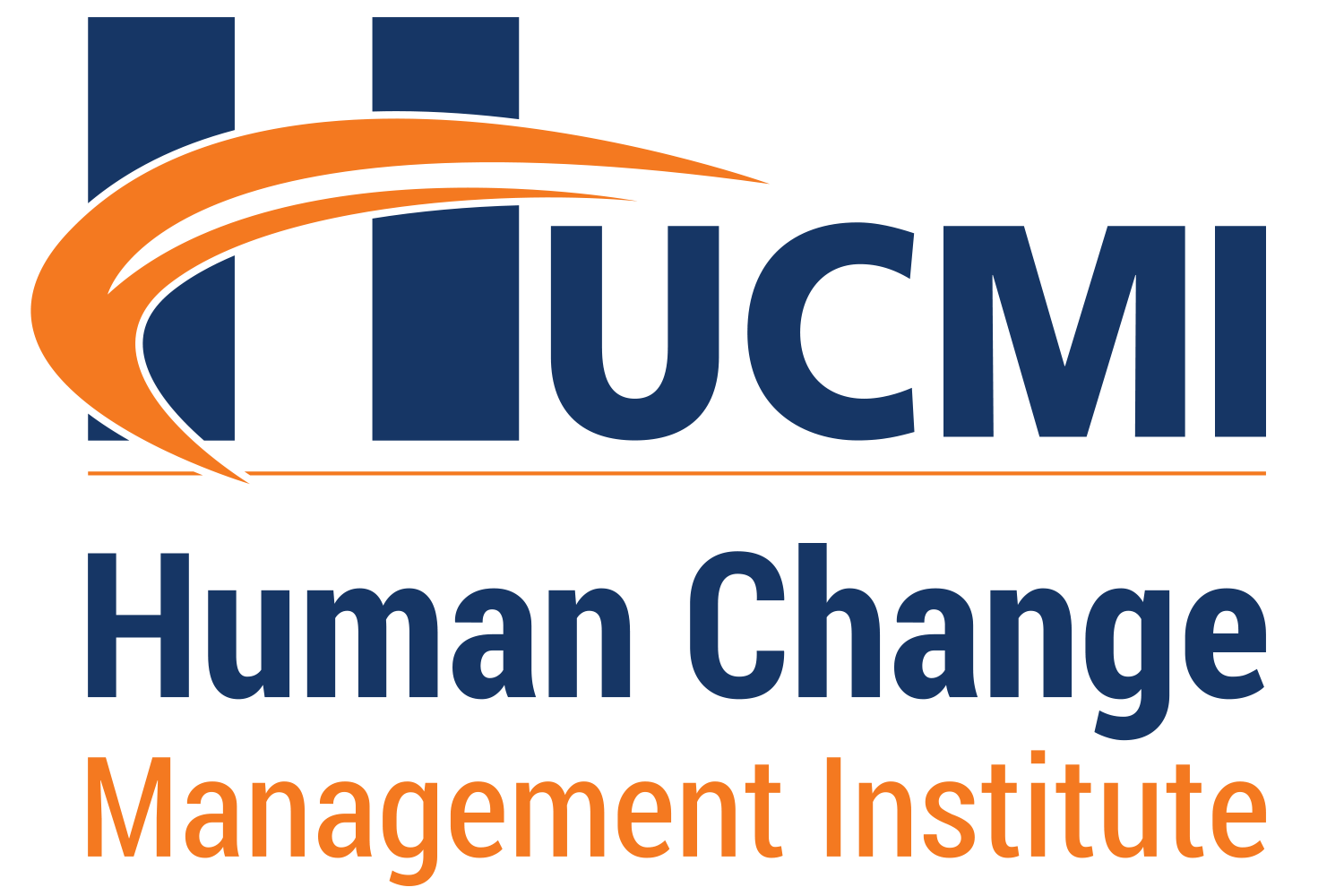Implementing a CMO almost always results from the maturation of the organizational change management discipline in a company. In general, change management techniques begin to be used by a department—usually IT or HR—and later, when they have generated perceived value because of the project’s results, they evolve into a broader role, establishing the CMO as a specialized area that covers all the changes within an organization.
Just like the Project Management Office (PMO), the CMO has different levels of maturity and importance in different organizations. For most organizations, change management is still at a primary level of operational performance during the project execution phase, and it is focused exclusively on communication and training.
In organizations that begin structuring a CMO, it may operate as a small unit formed by a few people, usually as a part of the PMO.
In organizations that have achieved a certain level of excellence in their governance model the CMO is formed by structures that are connected directly to the highest hierarchical levels responsible for defining and implementing corporate strategy. Usually, in these cases, we often find an area dedicated to the coordination of the dynamic planning of the strategy and the management of its execution. The CMO is explicitly sponsored by the CEO and other members of the C-suite, working from the strategic plan, and integrated with other areas of the organization, such as HR, IT, PMO, PI or QC, and Finance.
The role of the CMO
The following list outlines the tactical and strategic activities to be undertaken by the CMO:
Tactical activities
- Define the change management methodology and integrate it with the project management methodology.
- Monitor the evolution of the techniques, tools, and best practices of change management.
- Act as a disseminator of best practices and tools of change management among the leaders of the organization.
- Prepare leaders and the workforce to act as agents of change.
- Assign the change management team to support the projects.
- Review and enrich the Change Management Strategic Plan for the projects; in major changes, the CMO can develop this plan directly.
- Together with the PMO, be part of the monitoring process of the projects, assessing the change management activities and providing direct support to projects where necessary.
- Act as the project sponsor’s mentor, discussing the critical situations that require the sponsor’s involvement to increase engagement or to manage conflicts.
Strategic activities
- Assess the vision of the future state planned for the organization and its strategic plan, and suggest projects needed to prepare for the planned changes.
- Participate in discussions promoted by the function responsible for planning and executing the strategy, evaluating from the very first moment the organizational impact of the strategic initiatives.
- Participate in the prioritization of the organization’s portfolio as a member of the Portfolio Review Board or similar oversight group.
- Interact with HR to evaluate the opportunities provided by each project to strengthen, or incorporate values into, the organizational culture.
- Assess the preliminary impacts of the change to the portfolio, defining priorities and estimating the number of change personnel needed as well as other investments.
- Interact with the other areas involved in the execution of the strategy, such as HR, IT, PMO, PI or QC, and Finance, to ensure alignment of all initiatives with the organization’s strategic plan.
- Manage the change sustainability phase, providing the necessary resources to ensure the adjustments required after the project goes into production. Report project achievements and the change consolidation level to the strategic planning area.
The following list contains activities that will help to plan the evolution of change management until a CMO with a strategic role is achieved:
- Integrate the change management approach into the project management methodology.
- Develop trust with the change management team and PMO, act in an integrated manner. Make them see you as a partner who is part of the project management team and not as a competitor.
- Define the boundaries of performance of the change management function with HR to avoid conflicts.
- Disseminate change management practices by training project managers, process professionals, HR, and IT.
- Establish the vision of the future of change management in the organization and plan its continued evolution.
- Find a sponsor with high influence in the organization.
- Define indicators to monitor the evolution of change management in the organization and communicate them.
- Develop the performance of change management from lower maturity levels to maturity level 3—pattern-oriented. Even for this development, you need sponsorship from areas such as HR, IT, and/or the PMO. If possible, seek support from the area of portfolio management.
- Sensitize leaders to the need for evolution of the governance model to include the planning and implementation of the organization’s strategy to be more effective in achieving its strategic objectives.
- Coordinate the joint evolution of the areas that, in a new governance model, will act in an integrated manner to support the planning and implementation of the strategy—PMO, CMO, HR, IT, PI, and Finance.
- Use benchmarks from independent sources to show the relevance of the CMO for the business. Avoid using studies from specialized consultants. They can be interpreted as biased, even when they are not. This will affect the credibility of your sale for a strategic CMO, and reversing this situation will not be easy.
To learn more about the HCMBOK Training and Cartification Program, read this article: https://change.management.hucmi.com/hcmbok-human-change-management-body-of-knowledge-training-and-certification-program/
Source – HCMBOK – The Human Change Management Body of Knowledge

